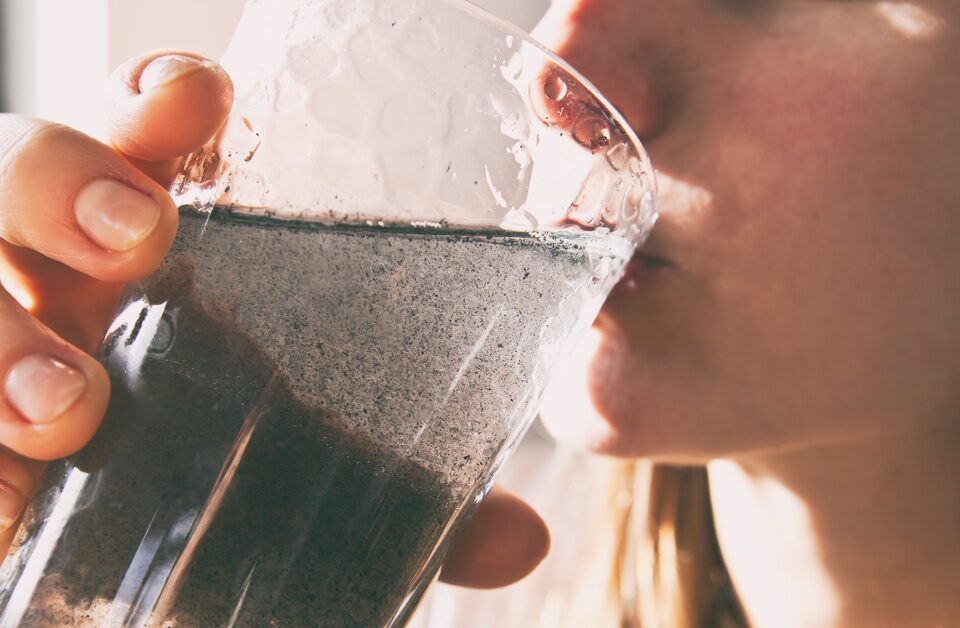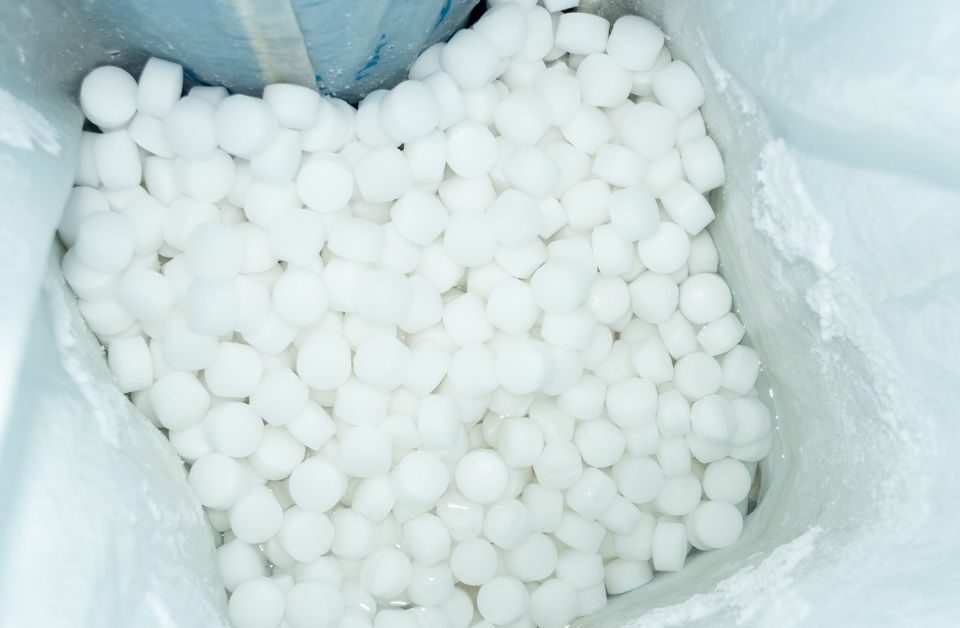Signs It’s Time To Upgrade Your Water Softener System
July 7, 2021
Is Softened Water Safe for Your Garden & Plants?
August 31, 2021Installing a water softener in your home can make a massive difference in the quality of your water. The minerals in hard water can adversely affect your water supply: clothes don’t get as clean, soap scum is more prevalent, and they can clog pipes, damaging appliances. But a water softener can ease the effects of well water and make your water more palatable and more effective.
To keep your softener working correctly, you’ll have to do some routine maintenance tasks—and avoid others. Check out the dos and don’ts of maintaining your water softener system to ensure you’re getting the most out of your water supply.
Do Check Salt Levels
Once a month, you need to check the salt levels in the brine tank. Maintaining the correct levels will help prevent the development of hard water. If you forget, your glassware will tell you—you’ll see spots appear on clean glasses coming out of the dishwasher.
Do Wash the Brine Tank
Every six months to a year, you’ll need to wash the brine tank. The salt used in water softeners leaves impurities at the bottom of the tank. When a softener regenerates, the impurities can negatively affect the function of your water softener.
Depending on the quality of the salt you’re using, you can lower the number of contaminants. Pellet salt is the cleanest salt you can use for your water softener.
Don’t Use the Wrong Salt
You need to be sure you’re using the correct salt for the type of water softener you have. The quality of salt isn’t the only factor to consider—check with the owner’s guide to see if your softener takes block salt or salt granules.
Don’t Forget To Check the Bottom of the Brine Tank
Sometimes, homeowners only clean the top half of the brine tank, which forms a noticeable crust. But you’ll need to clean the entire brine tank to ensure impurities don’t cause a malfunction.
Impurities at the bottom of the brine tank create a softer layer that can cause corrosion and lead to more severe damage.
When you know the do’s and don’ts of maintaining your water softener system, you can ensure your water supply is safe from the nuisance of hard water. If you’re curious if your home has hard water, there is well water testing in Delaware.
Be sure to explore the blogs at Delmarva Water Solutions to find out about the benefits of installing a water softener in your home!



